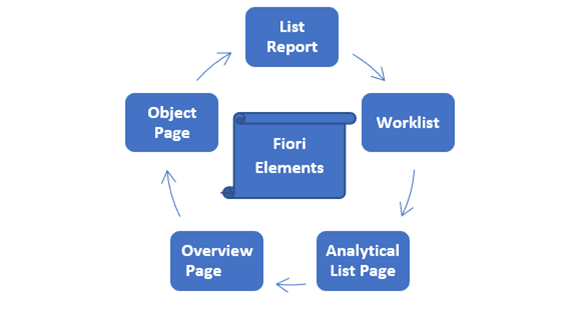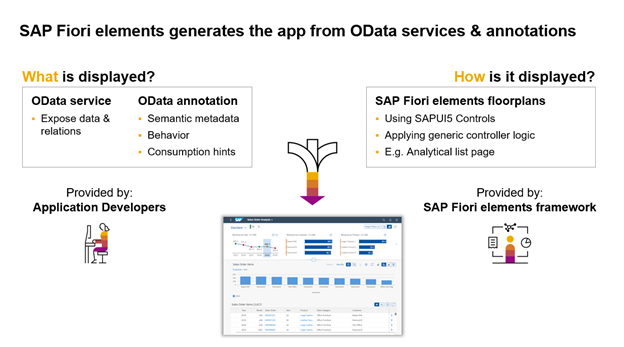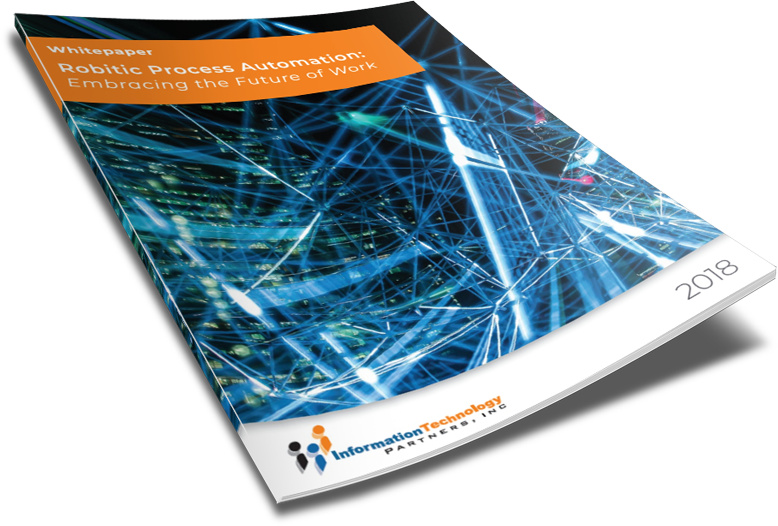TAKE NOTE (Insights and Emerging Technology)

The Army’s six-year journey to implement a modern contracting writing system is about to hit a key benchmark. After testing its minimum viable product with about 100 users at 29 different sites over the summer, the Army plans to triple the number of users in the early part of 2024.
Over the last 15 months, Army PEO-EIS took an agile approach to develop and launch capabilities using the Air Force CON IT as its baseline, which is based on technology from Appian. The Army is using the CON IT as a common core of the contract writing system, and then the Army is conducting business process reengineering efforts to move more toward commercial approaches.
The Army had to shift to the Air Force CON IT system after pulling the plug on its contract with CGI in 2022. The Army hired CGI under a 10-year, $133.9 million contract in June 2017. The program struggled for several years, including in 2019 when the Army issued a “cure” letter to CGI.
In addition to the Air Force, several agencies in the Fourth Estate also are using the CON IT contract writing system.
The Navy, which also struggled under its contract with CGI to develop a contract writing system, released a request for information for a new path in August for something called the “core contracting module.”
Read Original @ Federal News Network
Interested in learning more about RPA? Download our FREE White Paper on “Embracing the Future of Work”
UNDER DEVELOPMENT (Insights for Developers)
Development with SAP Fiori Elements

Intro
With several advancements in web applications, developers are trying to decipher the best technology for building SAP Fiori applications. The two main options are SAP Fiori Elements and SAPUI5. SAPUI5 is an efficient and modern technology working on HTML5 to create cross-platform and enterprise-grade Fiori applications. Nonetheless, you need CSS, HTML, and JavaScript knowledge to use it.
When you want to develop multiple Fiori applications with the same UI patterns and are looking for a quick and efficient alternative for their deployment, Fiori Elements is your solution.
The post below will cover everything you should know when using Fiori Elements for SAP application development.
What is Fiori Elements?
SAP Fiori Elements was initially called Smart Templates. This is a UI development framework based on SAPUI5. It was launched around the same time as SAP S/4HANA in 2015 and provides a framework for developing common application patterns. Fiori Elements reduces the amount of frontend code used when developing an SAP Fiori app while guaranteeing a consistent design by generating UIs. SAP Fiori Elements comes to the rescue of all ABAP developers with little to no coding experience who want to develop software applications with JavaScript.
SAP Fiori Elements is a platform on which a developer writes annotations in the backend service. The UI is generated based on these annotations. With this technique, you get a consistent design according to the latest guidelines without writing your code in the frontend. You only access the Business Application Studio and connect your OData service to a Fiori template.
SAP Fiori Elements will generate an application that you can see at runtime by combining the following:
- OData annotations, a form of metadata used by developers to specify what is seen on screen and what format it is viewed in.
- OData services. The industry standard for updating and querying data is the OData service. Data from the backend will be exposed as OData in Fiori Elements. There are several OData services with S/4HANA though you can also write your own.
- SAP Fiori Elements floorplan in which OData annotations and OData services are displayed.
Here is a figure depicting the operation of Fiori Elements below…

– Dig Deeper –
Getting Started with Fiori Elements
Q&A (Post your questions and get the answers you need)

Q. What Is the difference between SAPUI5 and SAP Fiori?
A. SAP Fiori and SAPI5 are not interchangeable terms. Even today, the two names are frequently confused and even interchanged. Let’s break down SAP UI5 and Fiori one by one before establishing a relationship between them.
SAP Fiori is a user experience approach developed by SAP for use by SAP, its customers and its partners in business applications.
SAP Fiori isn’t a technology. It’s a set of design guidelines for how a SAP program should behave in terms of user experience. SAP Fiori’s purpose is to create an intuitive, easy-to-use user interface for all SAP applications. It to give a consistent user experience across all SAP applications, eliminating the need to change, and to save time by eliminating the need to navigate around in needlessly complex and non-intuitive user interfaces.
Now on the other hand, SAP UI5 is a technology for developing responsive web applications. SAP UI5 is, in other words, the coding language for SAP Fiori. As a result, we can’t create an SAP Fiori app without the SAP UI5 framework. Fiori apps that are responsive are the result of combining the SAPUI5 framework and Fiori Design Guidelines.
Cheers!



